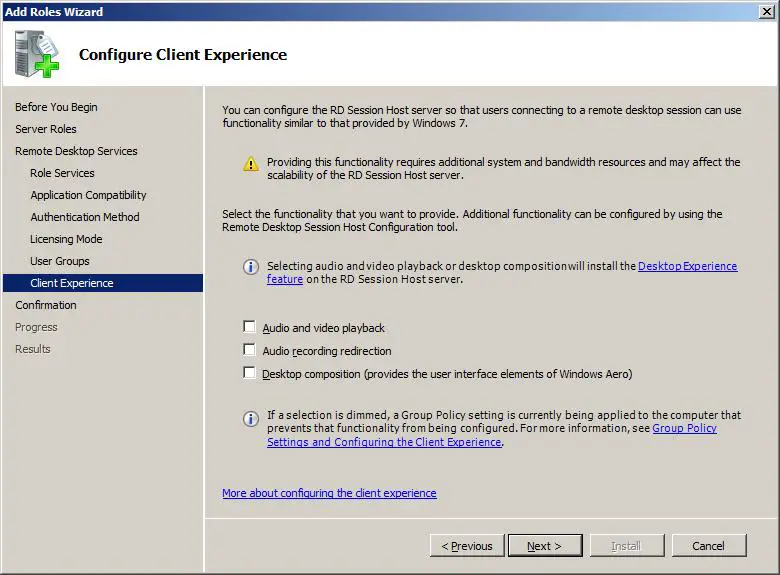

- #2012 r2 remote desktop services desktop window manager 9009 full
- #2012 r2 remote desktop services desktop window manager 9009 windows
#2012 r2 remote desktop services desktop window manager 9009 windows
However, it seems the community continues to encounter the same struggle in identifying and understanding RDP-related Windows Event Log ID’s, where each is located, and even what some of them mean (no thanks to some of Microsoft’s very confusing documentation and descriptions). From that point on, as I sporadically encountered related questions/confusion from others in the community, I would simply refer to my cheat sheet to provide an immediate response or clarification – saving them from the hours of repeated questioning and research I had already done. That is until one day I finally got tired of repeating the same questions/research and just made a cheat sheet laying out the most common RDP-related Event ID’s that I’d encountered along with their relevance and descriptions.
#2012 r2 remote desktop services desktop window manager 9009 full
I would read a few things here and there, think I understood it, then move on to the next case – repeating the same loop over and over again and never really acquiring full comprehension. Good morning AskPerf! Kiran here with a question for you: Why do we need certificates? Well, certificates are used to sign the communication between two machines.Early in my DFIR career, I struggled with understanding how exactly to identify and understand all the RDP-related Windows Event Logs. When a client connects to a server, the identity of the server that is receiving the connection and in turn, information from the client, is validated using certificates. This is done to prevent possible man-in-the-middle attacks. When a communication channel is setup between the client and the server, the authority that issues/generates the certificate is vouching for the server to be authentic. The following blog contains information regarding the type of certificates and how you can create them using the Internal CA of the domain.īasic requirements for Remote Desktop certificates: What type of certificate is required for RDS? So, as long as the client trusts the server it is communicating with, the data being sent to and from the server is considered secure. The certificate is installed into computer’s “Personal” certificate store. The certificate has a corresponding private key. The "Enhanced Key Usage" extension has a value of either "Server Authentication" or "Remote Desktop Authentication" (1.3.6.1.4.1.311.54.1.2). Certificates with no "Enhanced Key Usage" extension can be used as well.Īs the function it performs suggests, we need a ‘Server Authentication’ certificate. This certificate can be generated using the ‘Workstation Authentication’ template (if required). Open CERTSRV.MSC and configure certificates. In the details pane, expand the instructor computer name. Right-click Certificate Templates and select Manage. Right-click Workstation Authentication and click Duplicate Template. On the General tab, change the Template display name to Client-Server Authentication and check Publish certificate in Active Directory. On the Extensions tab, click Application Policies then Edit. Click Add then select Server Authentication. Click OK until you return to the Properties of New Template dialog.Ĭlick the Security tab. For Domain Computers, click the checkbox to ‘Allow Autoenroll’. In the certsrv snap-in, right-click Certificate Templates and select New then Certificate Template to Issue. When you open the certificate, the ‘General’ tab will also contain the purpose of this certificate to be ‘Server Authentication’ as seen below:Īnother way to validate this, would be to go to the ‘Details’ section of the certificate and look at the ‘Enhanced Key Usage’ property: This will be visible when viewing the certificate in the ‘Certificates’ MMC snap-in, as below: Select Client-Server Authentication and then click OK. The easiest way to get a certificate, if you control the client machines that will be connecting, is to use Active Directory Certificate Services.

You can request and deploy your own certificates and they will be trusted by every machine in the domain. Examples including, but not limited to: GoDaddy, Verisign, Entrust, Thawte, DigiCert If you're going to allow users to connect externally and they will not be part of your domain, you would need to deploy certificates from a public CA.


 0 kommentar(er)
0 kommentar(er)
